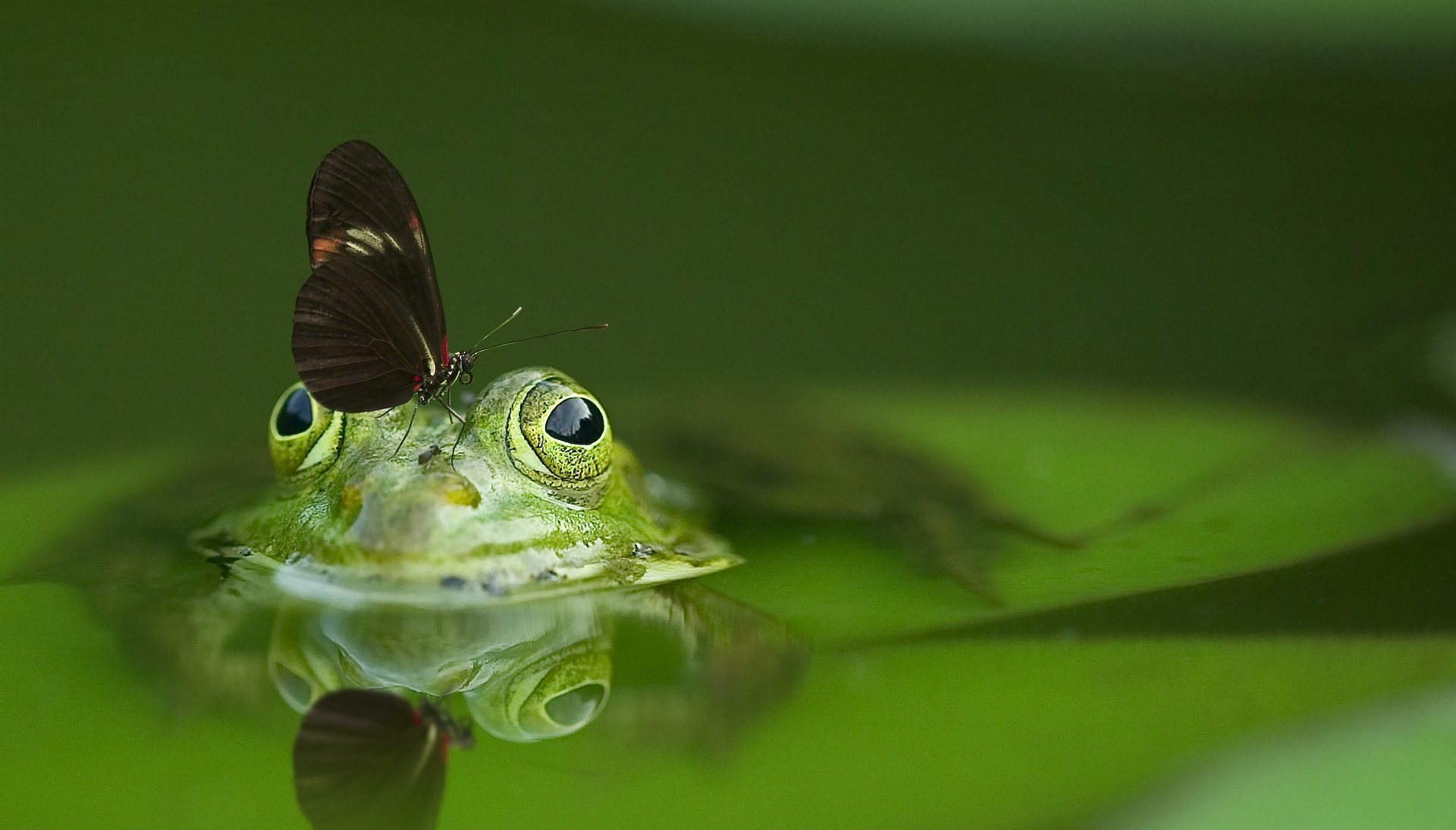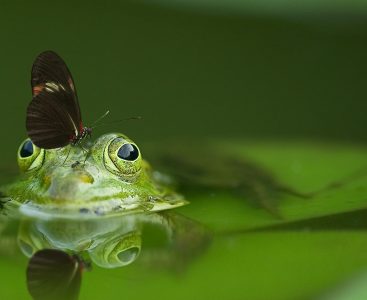Species identification by means of environmental DNA
We find DNA even in lakes and the sea!
Invisible in water – full of information to us!
Detection of invasive species
Invasive species can be found through simple water sampling!
Detection of pathogens
Detection of crayfish plague, amphibian chytrid fungus and much more in water – simple and reliable!
Fish stocks
Fish population surveys, species identification, search for rare species – all non-invasively through eDNA.
Snow tracks
*eDNA analysis also works with snow.
Environmental DNA (eDNA) = DNA-traces of organisms in environmental samples
Detection of species in environmental samples
Living organisms constantly release small amounts of DNA into their environment (e.g. in the form of mucus, dandruff, fur tufts, faeces, cell remnants). This so-called eDNA (environmental DNA) can be isolated from environmental samples (e.g. water, soil) and used to determine which organisms occur in a habitat.
We offer both the detection of individual species and the identification of entire species communities.
- Targeted search for specific species in environmental samples
- Determination of the species spectrum in environmental samples
Targeted search for specific species in environmental samples

- An environmental sample (e.g. water sample, sediment, soil, etc.) serves as the starting material.
- The entire DNA of the sample is extracted.
- Search for DNA of one or more target species using specific and highly sensitive molecular probes.
- Identification of the target species(es) in your environmental samples.
- If desired, the amount of the contained DNA can be determined semi-quantitatively (relative) or quantitatively (absolute).
You will receive
- An overview of the methodological approach used.
- The information about the presence/absence or absolute/relative amount of DNA of the target species(es) you are looking for in your sample.
- In addition, our specialists are available to advise you both during and after completion of the analyses.
What we need from you
- The analysis is carried out on the basis of the sample(s) provided by you. Alternatively, already isolated DNA extracts can be used.
- Sinsoma offers special sampling kits for environmental sampling. We gladly offer advice for what’s best for your approach!
Survey of the species spectrum in your environmental samples - Metabarcoding of eDNA

- An environmental sample (e.g. water sample, sediment, soil) serves as the starting material.
- The entire DNA of the sample is extracted.
- Search for one or more groups of organisms (e.g. fish, plants) using molecular probes and high-throughput sequencing (NGS, HTS).
- Bioinformatic analysis to identify the organisms in your environmental samples.
You will receive
- An overview of the methodological used approach.
- The information about the spectrum of organisms found in your sample, including the the number of sequences per species and their determination accuracy.
- In addition, our specialists are available to answer any questions you may have.
What we need from you
- The analysis is carried out on the basis of the sample(s) provided by you. Alternatively, already isolated DNA extracts can be used.
- Sinsoma offers special sampling kits for environmental sampling. We gladly offer advice for what’s best for your approach!

We find what you are looking for!
Sinsoma offers services specifically tailored to your needs according to your research question.
- Detection and identification – even of rare fish species
- Early detection of diseases
- Use of non-destructive methods
We reliably determine Europe’s most common freshwater fish species using tissue samples, eggs, feces from piscivorous predators and water samples. We identifynot only native but also invasive fish species.
We can also check your lakes, ponds or rivers for pathogens– to make sure you are on the safe side.
- of all European crayfish species
- and invasive species on the Union list
- of the crayfish plague pathogen.
We identify crayfishspecies using tissue, exhuvia, eggs, and faeces from predators and water samples. All European species as well as the significant invasivespecies can be identified. In addition, the detection of the pathogen of the crayfish plague – Aphanomyces astaci – is also possible.
We identify amphibians from tissue samples and eggs as well as feces from predators and water samples. We identify all European species as well as the most important invasive species.
Amphibians are currently experiencing a massive threat from the chytrid fungiBatrachochytrium dendrobatidis (Bd)andBatrachochytrium salamandrivorans (Bsal). Early detection of a potential infestation enables rapid actions to be taken to prevent a further spread of the desease as far as possible.
We rapidly and reliably identify speciesof evertebrates from tissue samples, exhuviae, eggs, faeces of insectivores and from water samples. Rapid and reliable species identification is possible for insects, arachnids, worms and snails.
We look back on many years of practice and experience in invertebrate identification, especially in agro-ecosystems. Our proprietary approaches include both the most important pests and beneficial insects (predators and parasitoids).
- Detection of endangered and invasive species
- Biomonitoring
- Sampling by experienced members of our team upon request.
We identify species of mammalsand birdson the basis of tissue samples, feathers, fur, pellets and feces
For selected species, differentiation of single individuals or individual sex determination is also possible. Likewise, the respective food spectrum can be determined on the basis of e.g. fecal samples.
- Reliable, early detection of diseases already in the water.
- Chytrid fungi in amphibians
- various diseases of fish
- Crayfish plague
We safely and reliably determine pathogens of amphibians, crayfish or fish based on swabs, tissue samples and water samples. Early detection allows you to act quickly.
We quickly and reliably determine plant species from tissue samples, seeds, herbivore feces, roots from soil samples or dried material. This also includes identifying the composition of teas as well as herbal blends and the like.


